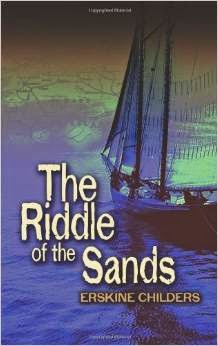Sacred days
I have not written in some time as we remain in lockdown and there is little to write about except maybe vaccines which are being delayed. This is not about sailing, even remotely. It's about lore.
Yesterday, the 1st of February into the 2nd of February is the sacred Celtic period of Imbolc, which was the feast of Brigid, the Celtic goddess of fire and fertility. Imbolc is the mid-point between the Winter Solstice and Spring Equinox.
It was acquired by the Irish Christians, as they usually did, as the feast of St. Brigid, Ireland's only female saint. It is meant to represent the beginning of Spring. I made her cross for the first time this year. Watched a YouTube video about how to make it. Cut the rushes in the frigid, bone-numbing rain.
Having come from Philadelphia, Pennsylvania, I had to catch up today with Punxsutawney Phil, the groundhog who foretells if spring is around the corner or if winter will continue. He called for 6 more weeks of winter. But, in watching the live stream (poor Phil), I learned that the symbolic event originated in the 1800s by Germans celebrating Candlemas. I had heard of Candlemas but did not realise that it was a Christian holy day celebrating the 'purification of Mary' on the 2nd of February. (If Mary was Immaculate, why on earth did she need purification?) They added the idea of animals detecting whether Spring would arrive or winter would thrive. They often used rabbits but when it turned into groundhog day, I don't know.
So here I was making connections between Candlemas, Imbolc, and St Brigid's Day. And speculating how Imbolc had become Christian and Candlemas had returned to pagan. Suddenly, the celebration of Brigid as a fertility goddess was corrupted into the purification of the mother of God. And the latter was turned into a pagan weather forecasting event. What an extraordinary turn of events!
But they were all celebrated between the 1-2 of February. Strange coincidence.







Comments
Post a Comment